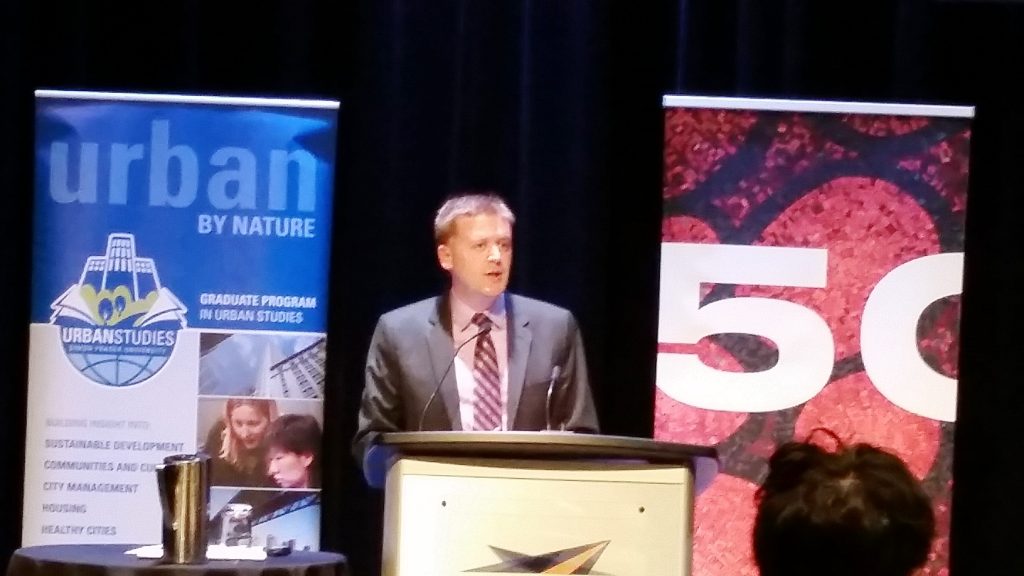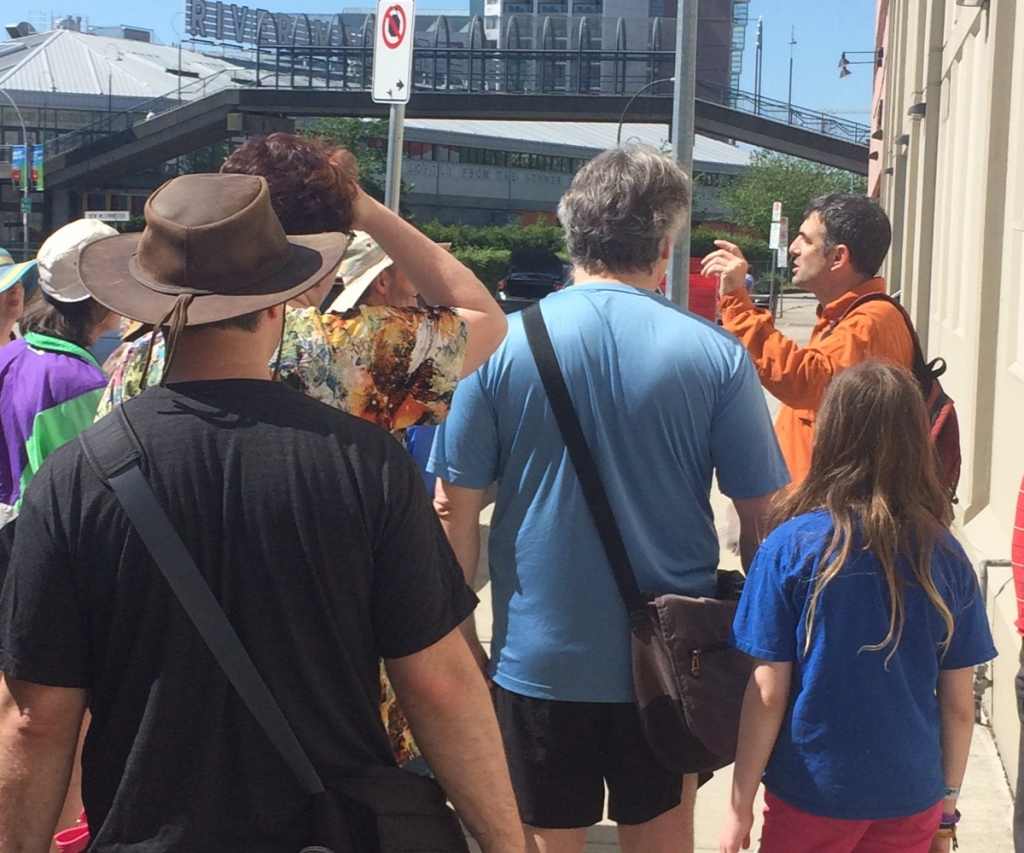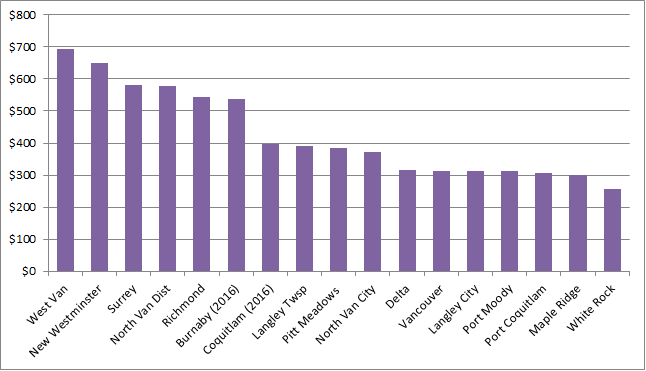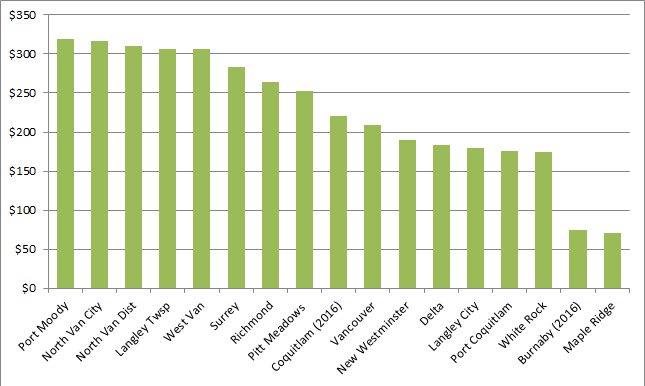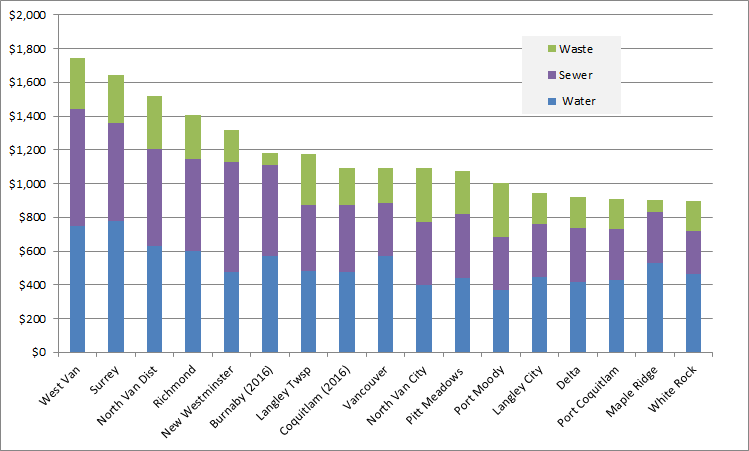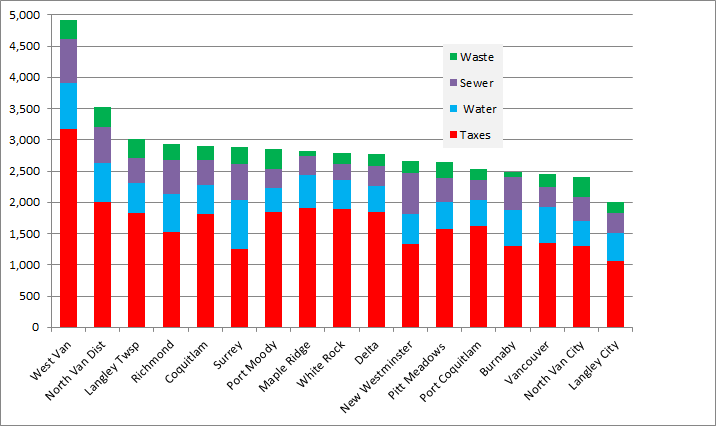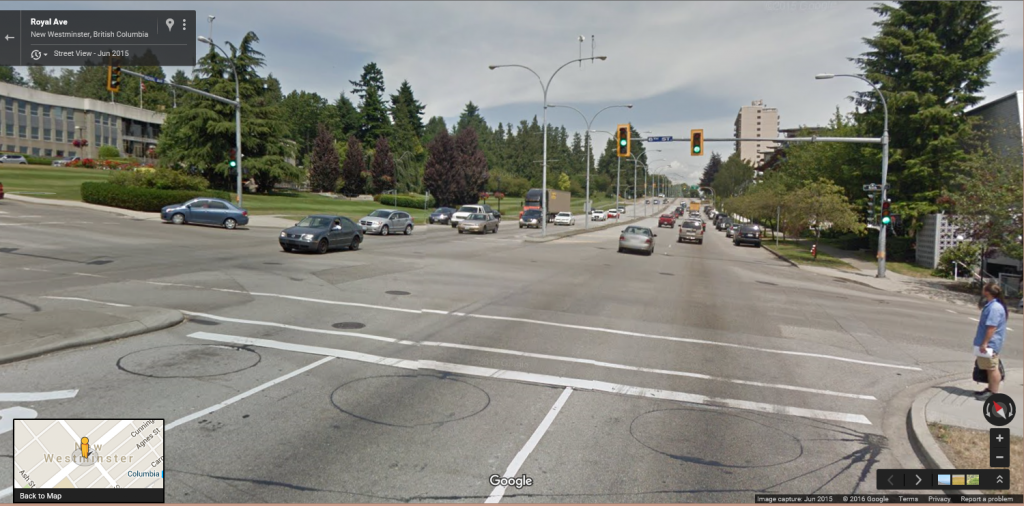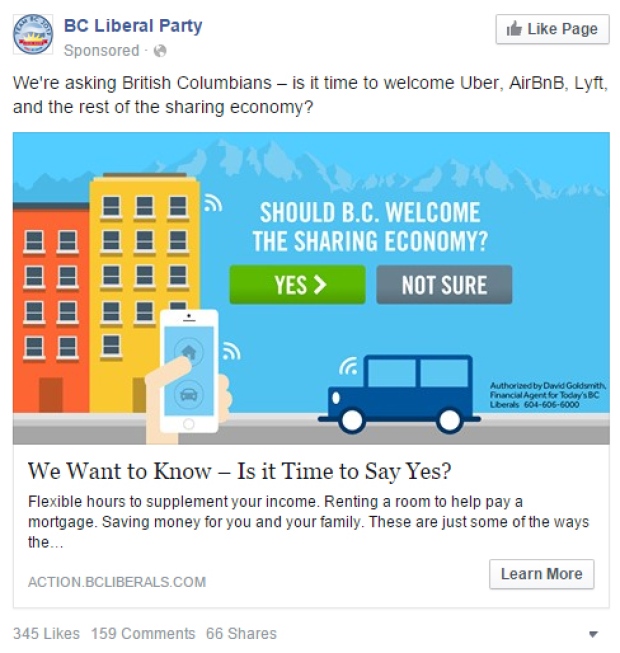At last week’s Public Hearing, the most discussed topic was the proposal by Urban Academy and their partner Wesgroup to develop the property at 100 Braid Street. Urban Academy had been looking for a place to expand their school operation, and were disappointed last year when Council decided to not support the building of a larger school on their property in Queens Park.
Their second kick at the can involved creating a partnership with Wesgroup to purchase a larger piece of land, and use the available density and development potential of that property to share costs and regulatory hurdles. It was an innovative approach, and considering the significant time restraints, they did a good job putting a package together that Council could support.
The Public Hearing had something like 17 speakers, and if you are the type to score this kind of thing, the support/oppose/neutral count was something like 8/6/3. I don’t do the math that way, however, because I think the job of council at a Public Hearing is to hear all arguments, and evaluate them on the value of the argument, not the number of people able to make it. There were essentially two arguments against supporting this project, but before I get to those I want to outline some of the details of the plan, as it currently exists.
NOTE:I also need to do one of those reminder clauses here, that everything I write here is my opinion. It isn’t the official position of the City, nor does it necessarily reflect the opinions of any of the other members of Council. Let them write their own blog!
The lot at 100 Braid Street is 74,000 square feet, and includes three attached buildings with a largish rear parking lot, all zoned M-1 Industrial. The individual owner of the property leases the space to several businesses, Laser Tag and Bullpen in what I’ll call Building 1, 100Braid Studio/Gallery and an environmental services company in Building 2, and a music studio in Building 3. Under the current M-1 zoning, the owner was permitted to knock the three buildings down and build something like 225,000 square feet of industrial or commercial property, with no regulated setbacks and up to 6 stories (85 feet) high. According to the presentation at Council, all of the current lessees have demolition clauses in their leases, meaning the owner can shut them down and knock the buildings down whenever he wants. No need to ask Council permission to exercise these options.
The plan presented by Wesgroup and Urban Academy is to rezone the property, and as soon as possible build a school for 450 students on the location of the current Building 1. At a later time, they plan to follow up with residential development of the Building 2 and Building 3 spaces with a moderate-sized (21 story) high rise residential tower on a podium comprising enclosed parking, townhouses and some public art space. The timing of that second phase is uncertain, as it will be impacted by the ever-shifting market for residential housing and variable construction and marketing costs, but Wesgroup anticipates that phase may commence in about 5 years.
The first argument against this proposal was the ubiquitous “What about the traffic?” question. The school and eventual residential development will indeed increase the number of cars using the Rousseau and Braid intersection, and have a lesser effect on Rousseau and the adjoining lower Sapperton neighbourhood. The school appears to have a reasonable plan to address pick-up and drop-off, and are making efforts towards Transportation Demand Management which will leverage the proximity to the Braid SkyTrain Station.
I cannot say there will be no impact on the neighbouring properties, however the same could be said for locating a school in any neighbourhood in New Westminster. We have something like a dozen schools in New Westminster, and many of them are located on arterial roads, all of them have neighbouring communities. All of them have unique traffic management issues, and all of them work with the City and their PAC to make the traffic situation as safe and non-disruptive as possible. I also cannot think of another use of this M-1 zoned space that won’t have some sort of traffic-inducing impact. Light industrial and commercial properties have some of the most complicated transportation issues, especially adjacent to residential neighbourhoods.
As it is, the City is working on several projects related to the traffic issue at this property. The Sapperton neighbourhood traffic study will help us put several projects (the RCH expansion, the Brewery District, Sapperton Green) into better context and help us develop a more holistic approach to managing neighbourhood traffic concerns in lower and upper Sapperton. There are also ongoing discussions with TransLink, the Ministry of Transportation, and Coquitlam around the entire Brunette corridor, from Mallardville and the Hwy1 interchange through the Braid intersection and how it interacts with RCH, the Braid Industrial Area, and points west. No-one thinks it works great right now, and longer-term planning is required to come up with solutions to the flow concerns. This project (along with Sapperton Green) will be part of that discussion. Defining what will be on this location for the decades to come helps solidify that planning.
This brings us to the other major issue of discussion at the Public Hearing: the fate of 100Braid Studios, and the remarkable business Susan Grieg has developed over the last couple of years. I have been to the space, have attended events in it, have friends who have used the studio space, have even splattered paint in the booth. It has, in a relatively short time, become a significant piece of the local arts community, providing space for artists to work, and a space for them to display their works to an ever-shifting community of events guests. The space itself is bright, tall, and full of natural light refracting at interesting angles through seemingly-ancient amply-muntined windows.
Early on in the process when this proposal came to the Land Use and Planning Committee, this was identified as a significant community concern, and the proponents were asked to explore ways to address that concern. There was some complication in that process, as the Developer was not the landowner, and (as is pretty typical in a commercial land sale like this) was discouraged from communicating with the existing tenants by the existing landlord. However, these concerns also arose during the Public Consultations, and the developer was able to work with a few of the tenants to address various concerns.
They also added 4,300 square feet of public studio / gallery space to the podium of the residential building. This amenity will not necessarily replace 100Braid Studios for several reasons. The area is large enough for studio and galleries, but not the event hosting part of the 100Braid business. The studio space may be well appointed and designed, but it will most likely not feature that same unique aesthetic that 100Braid has.
However (and this is the ugly pragmatic part), if this project did not move forward, there is no reason to believe the 100Braid space will be preserved any longer than if this project is approved. When this partnership was put together, there were (again, based on what was reported at the Public Hearing) four offers on the land, and we simply don’t know what the other speculators’ plans were for the space. However, with 75,000 square feet of zoned industrial space near major transportation corridors that will allow 85 feet in height and an FSR of 3, the property is potentially a hot commodity, and re-development is almost a certainty.
The way this project worked out, we know that 100Braid will be able to operate for several more years, and a lease developed that will allow her maximum flexibility if another comparable or more amenable space comes available during that time. We also receive a community arts space that will be different from 100Braid, but has the potential to be a real asset to the community, and offering that space and the financial and logistical commitment to build it, is a show of good faith on the part of the developer. I hope that 100Braid can continue to prosper in this unique space for several years, until a new space can be found that continues to allow her artists to flourish.
I also hope that the UA community recognizes that there is some community-building to do with Susan at 100Braid, and with the artists who lease space from her. The UA community may feel they “won” a victory here, but to make it a win for the larger community, they need to understand that this development comes with some concerns for their new neighbours. some of whom are likely are suffering a feeling of loss and uncertainty. I hope the two communities can come together and find their common cause. There is a potential for synergy here, as Urban Academy offers an art-infused program, and they are likely to benefit from a closer relationship with Susan and 100Braid, as she is both an amazing spirit and amazing resource in the Arts community.
And I’m actually optimistic about that, mostly because the public consultation process culminating in the Public Hearing was a respectful and positive one. Although I was not directly involved in conversations between the parties, from my viewpoint the consultation and resolution appeared to be a constructive process. Opponents and proponents stuck to their concerns and proposed solutions, there was none of the acrimony, accusations, or anger that sometimes arises in these hearings. We are talking about people’s neighbourhoods, homes, jobs and community connections here; it is not surprising that it can become a very emotional discussion.
One other comment I want to make about the Public Hearing process itself. It is a regulated process under Division 3 of the Local Government Act, but it isn’t a perfect process. A common comment I hear is that the result feels like a fait accompli, and that Council already made up their mind before the public are allowed to comment. In my experience that is not true. Every item that came to Public Hearing on May 30th passed (although there were some dissenting votes on some projects) but no-one knows better than Urban Academy that this is not always the case.
The way I see it, the Public Hearing is the culmination of a long process that begins when a developer walks into city hall and says they want to build a building. That launches months (and often years) of design, discussion with City Staff, comparison to City legal requirements and policies, review by several committees, updates to Council, public consultations, revisions, more discussion, more Council review, more committee review, more public consultation, and development of enabling Bylaws. By the time a project of this magnitude gets to Public Hearing, staff and Council should understand the concerns of the neighbourhood, and should be able to understand how or if those concerns are to be mitigated. Some projects simply never make it that far through the process because of unsurmountable concerns; all of them are changed substantially through the process. If Council is surprised by what is coming to Public Hearing, and concerns from the public bring issues that Council hadn’t considered, then someone (staff, the Developer, Council) isn’t doing their job.
The project that Council approved through this public hearing is not the same one that walked in the door of City Hall months ago. It was shaped by public consultation, by City Policy, and by discussions between all of the stakeholders involved. Mitigation of concerns raised by the neighbourhood was part of that shaping.
The process is not perfect. Developers often feel it takes too long, too much power is given to a few neighbourhood voices, and that some City policies are too restrictive. “Red Tape”, they call it. At the same time, some in the Public feel that there is not enough consultation, that the City doesn’t get enough community amenity from development, and the developers are driving the process. A “Rubber Stamp” they call it.
It is fascinating to watch from this place in the middle, and it gives insight into why Government is, inherently, inefficient.
 With a fair smattering of this:
With a fair smattering of this:
